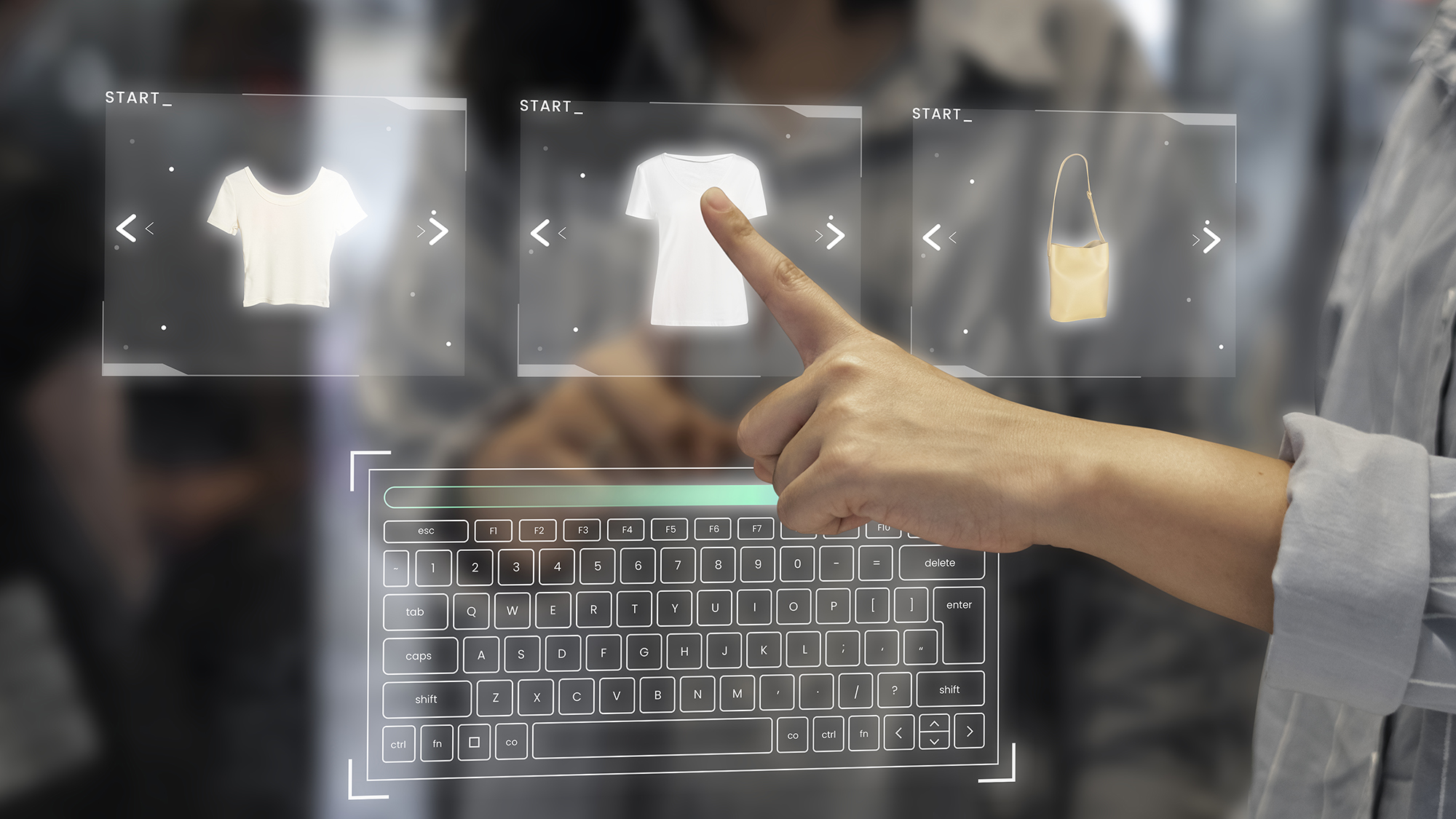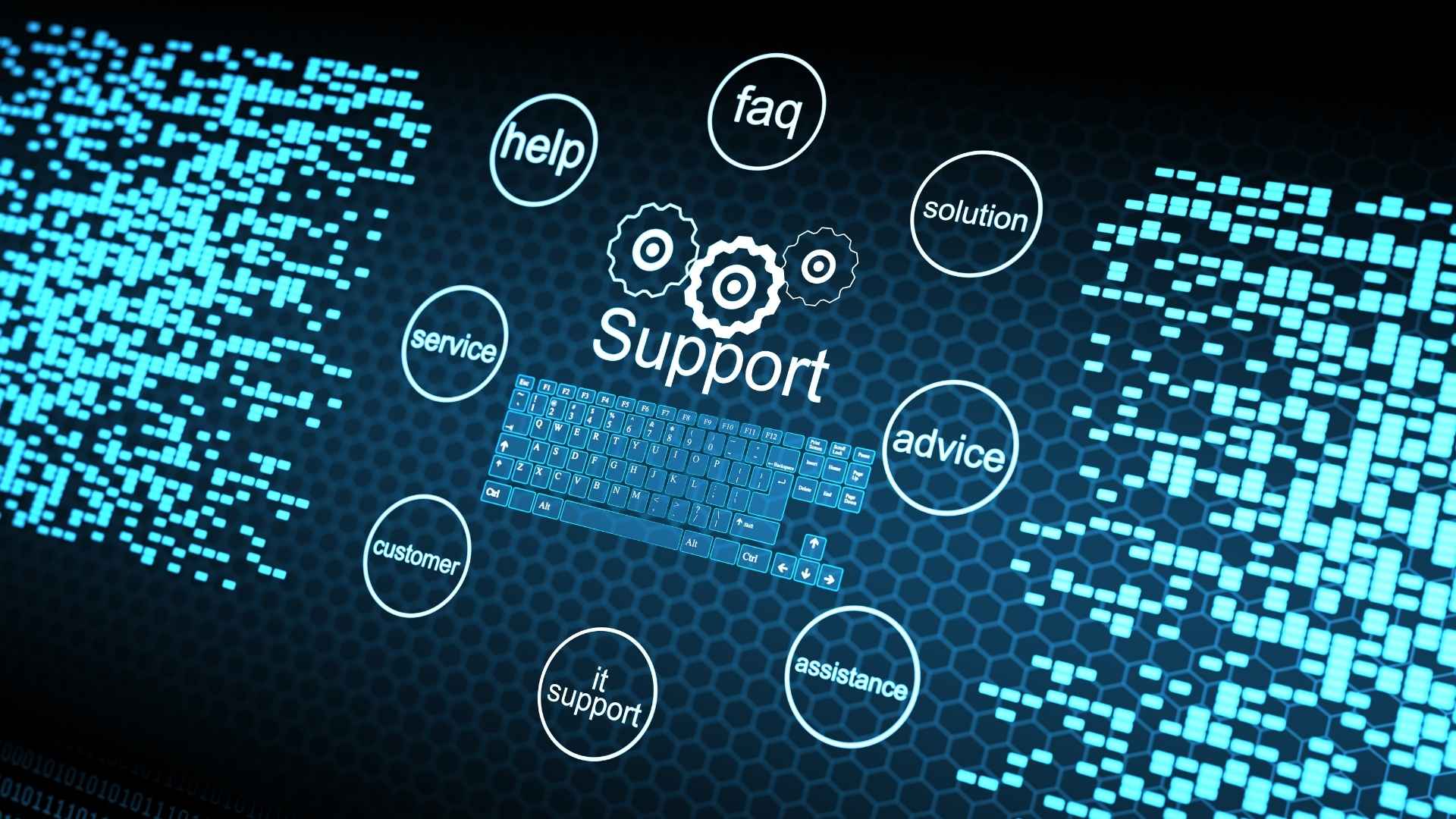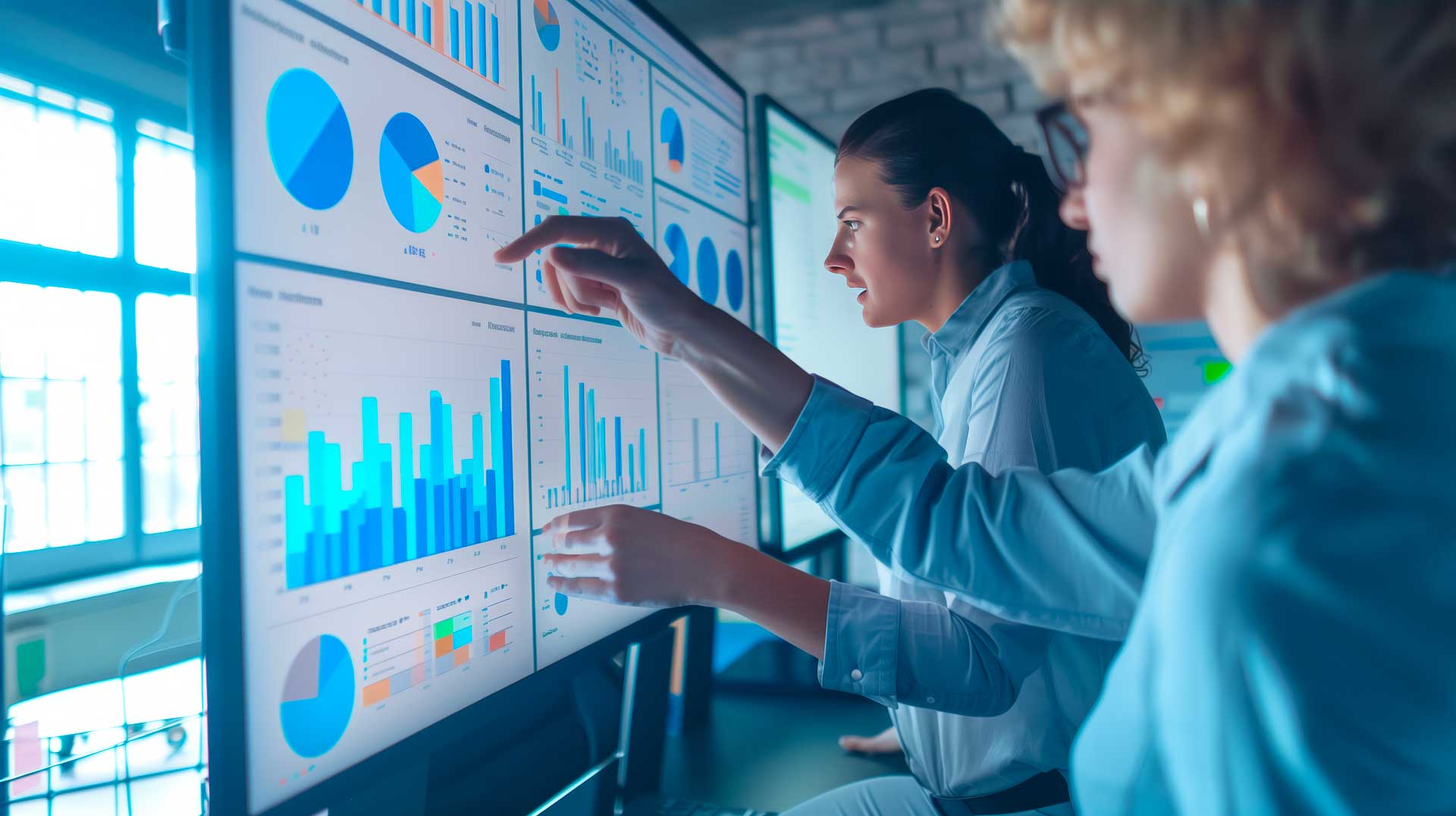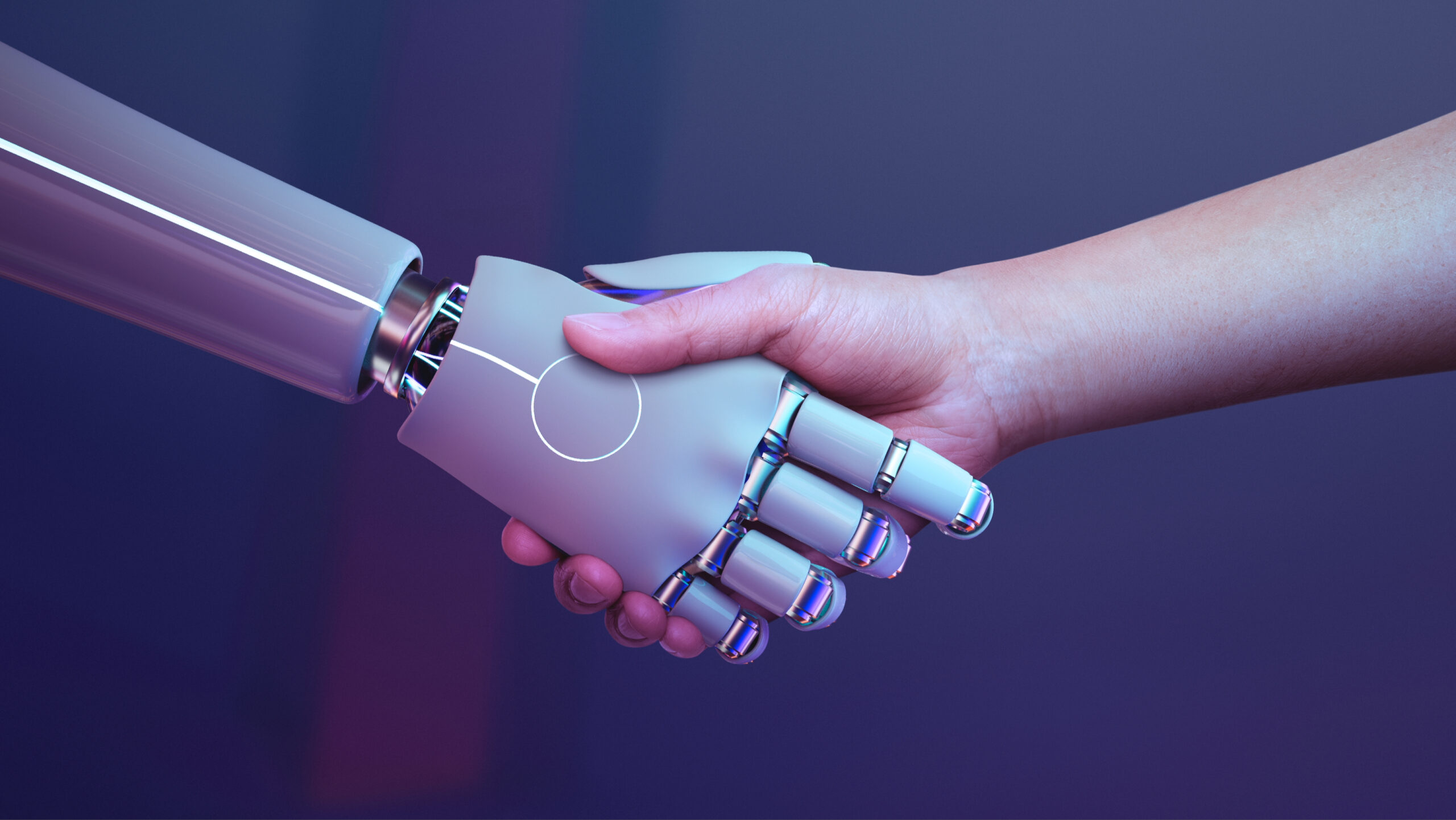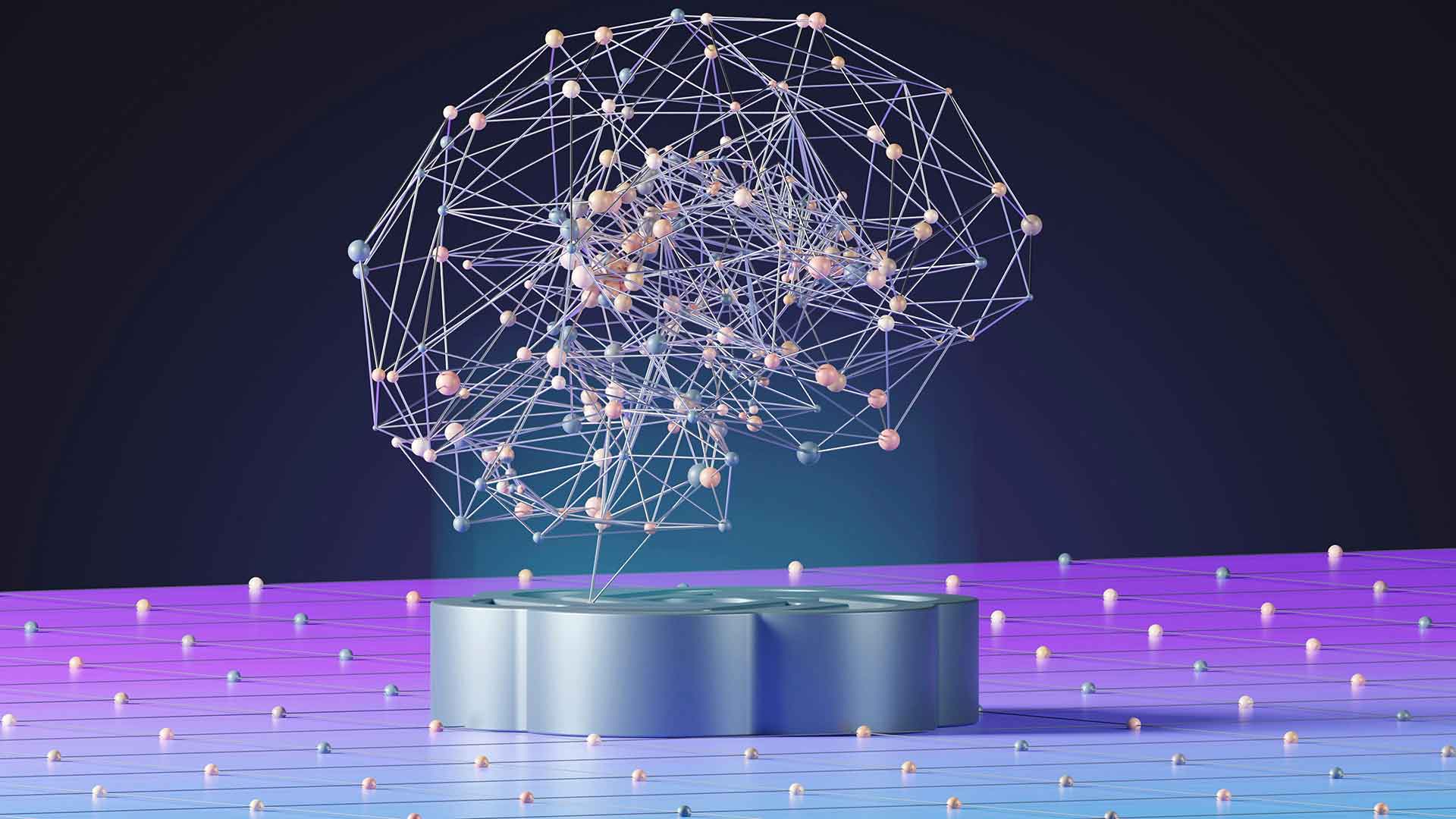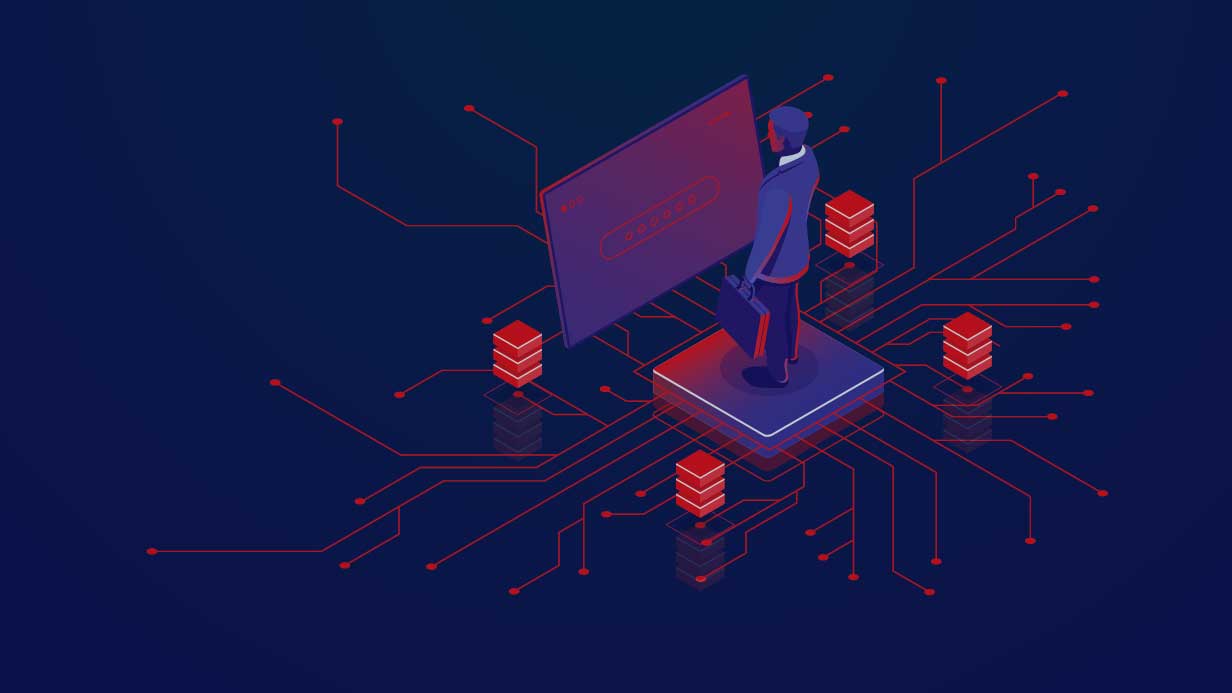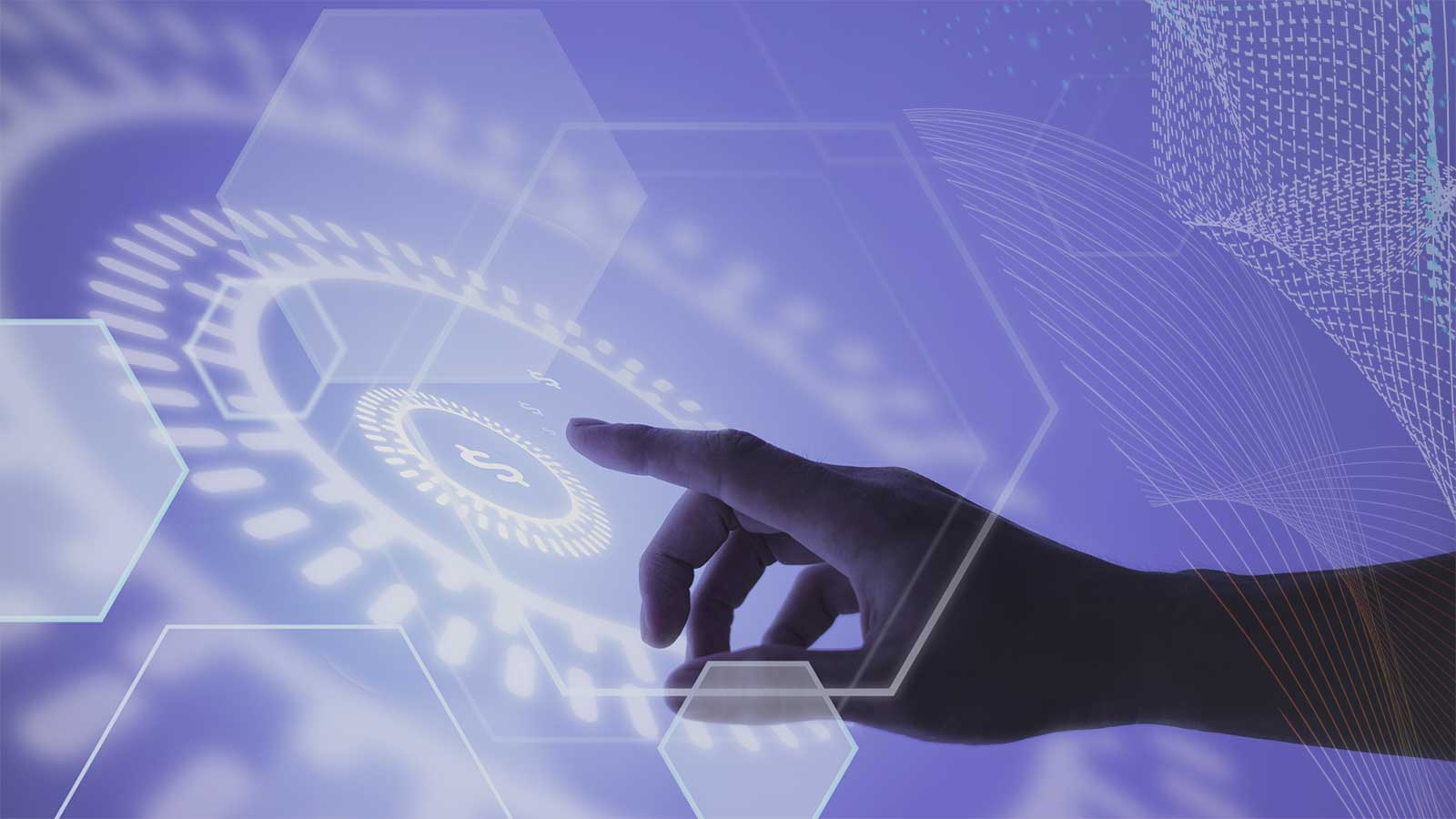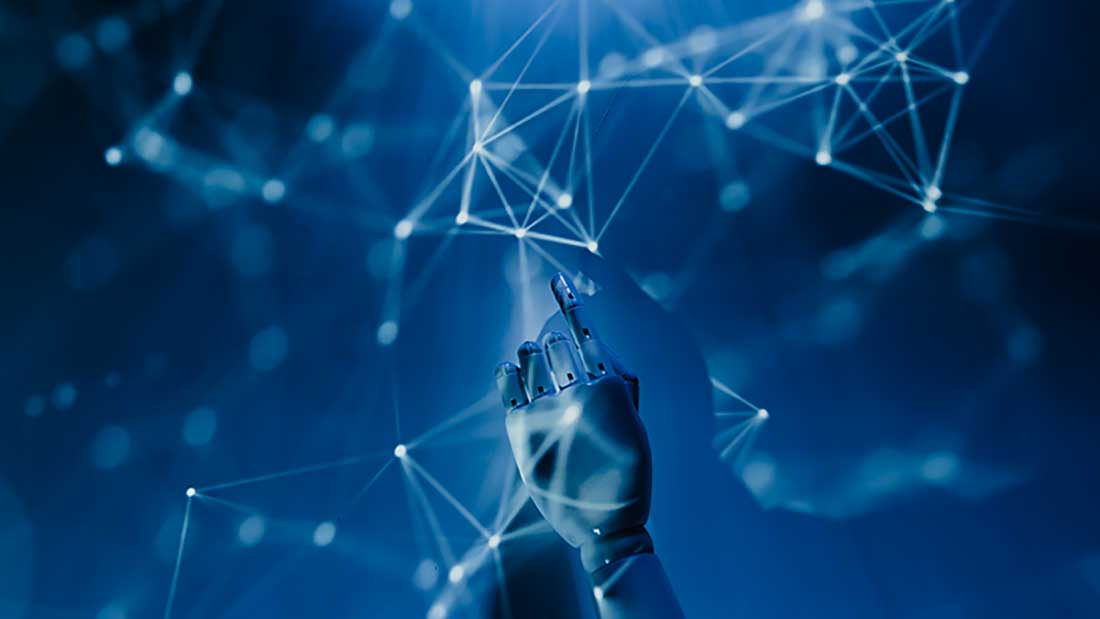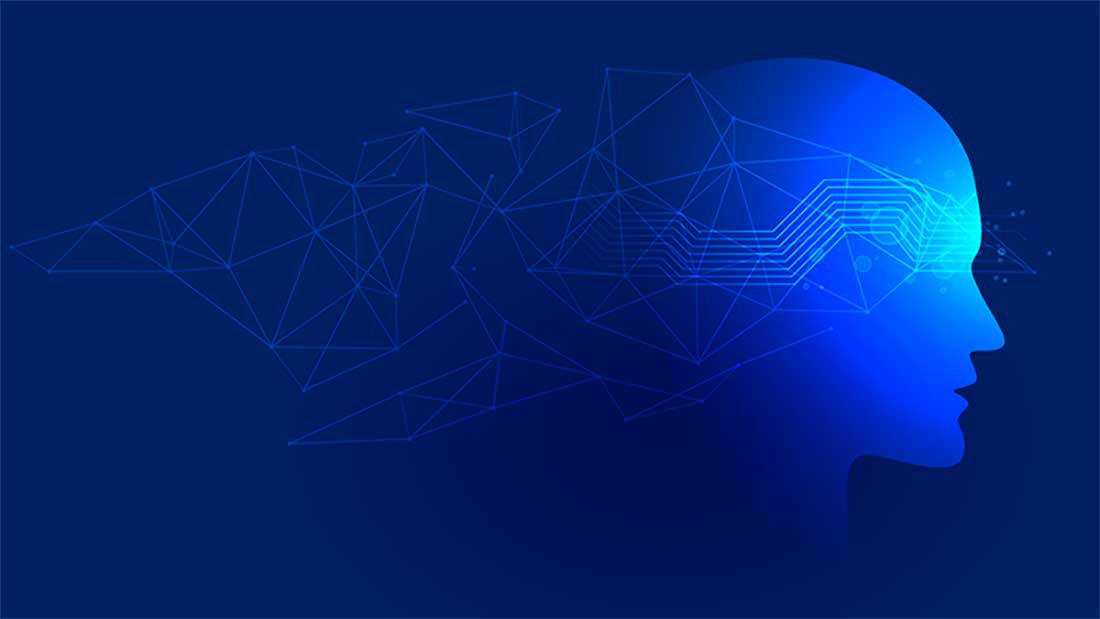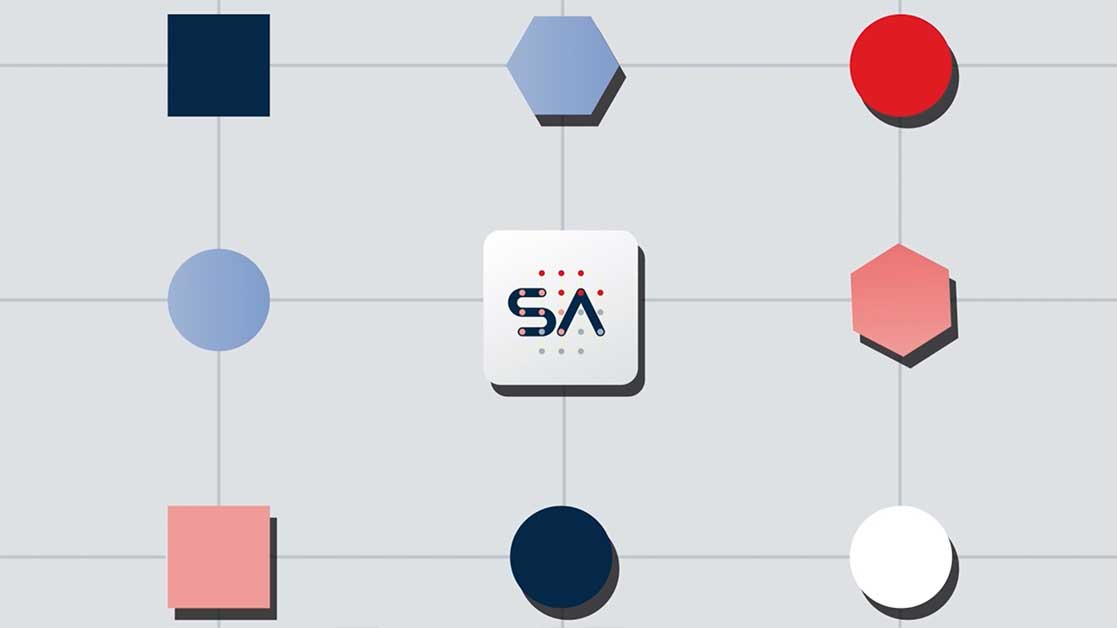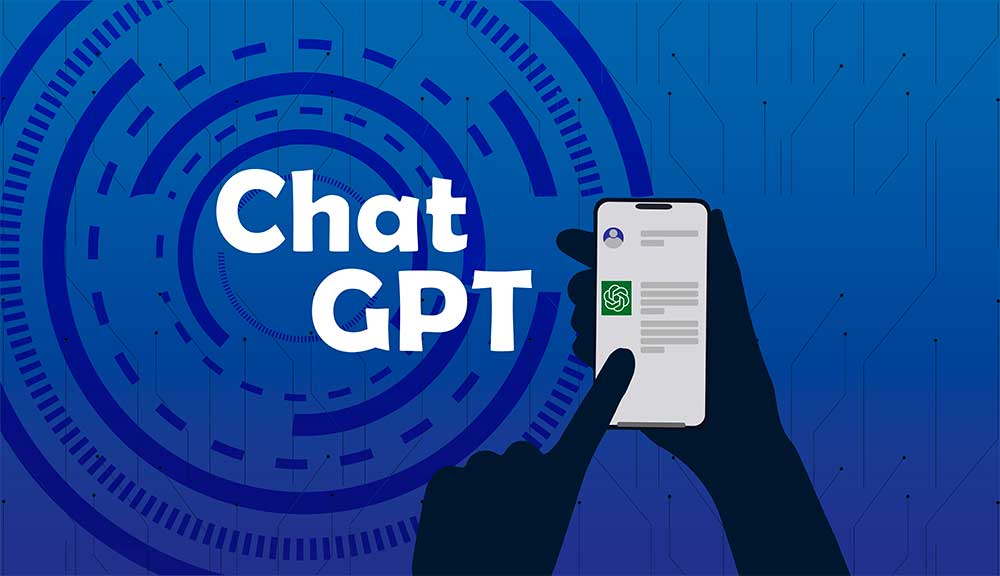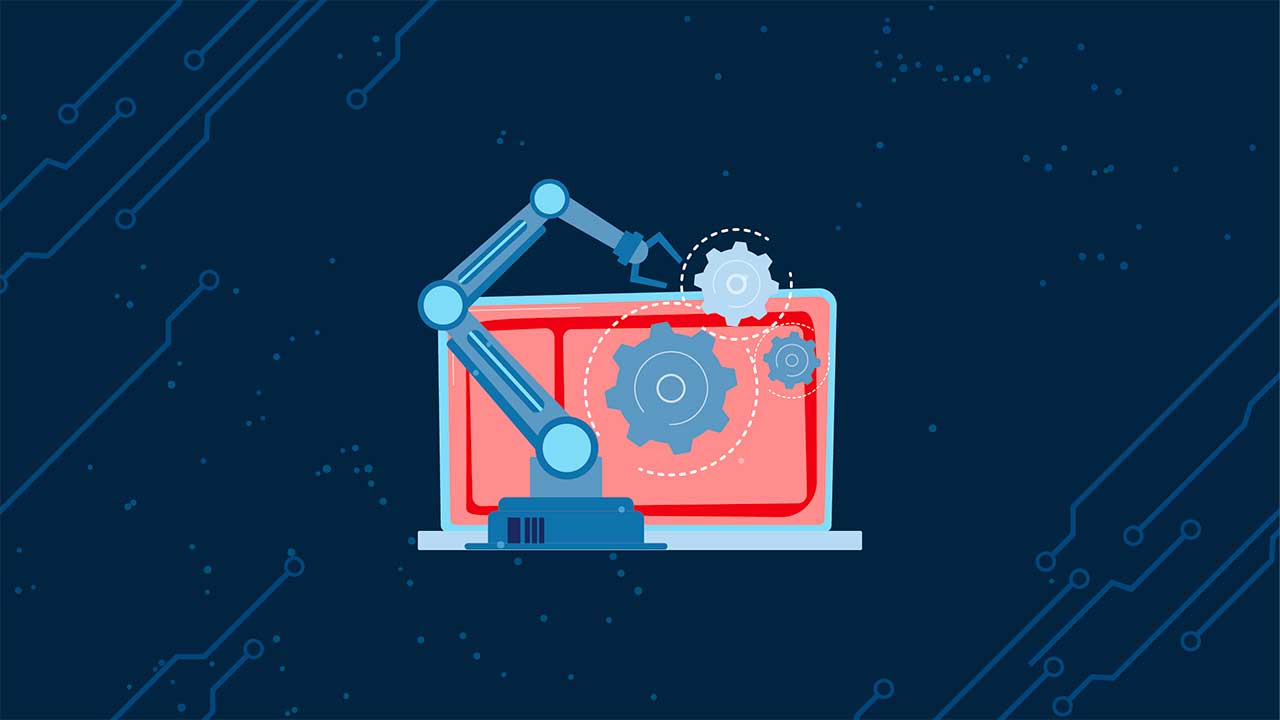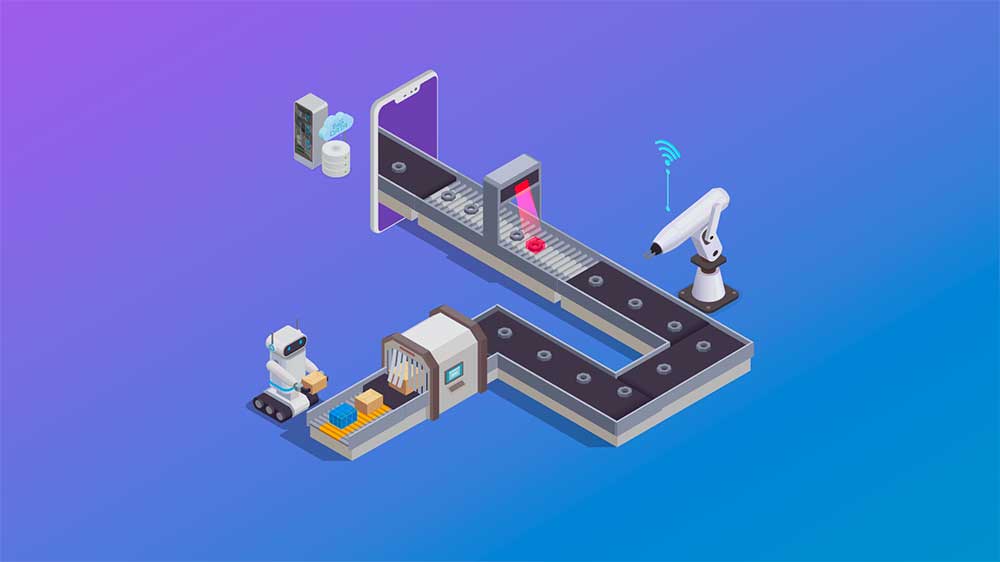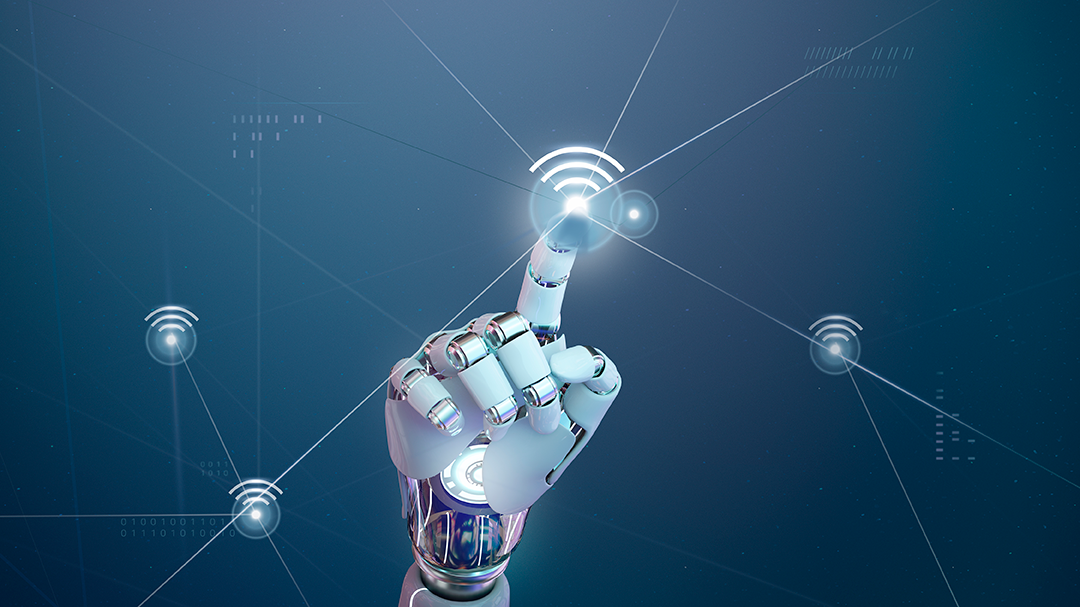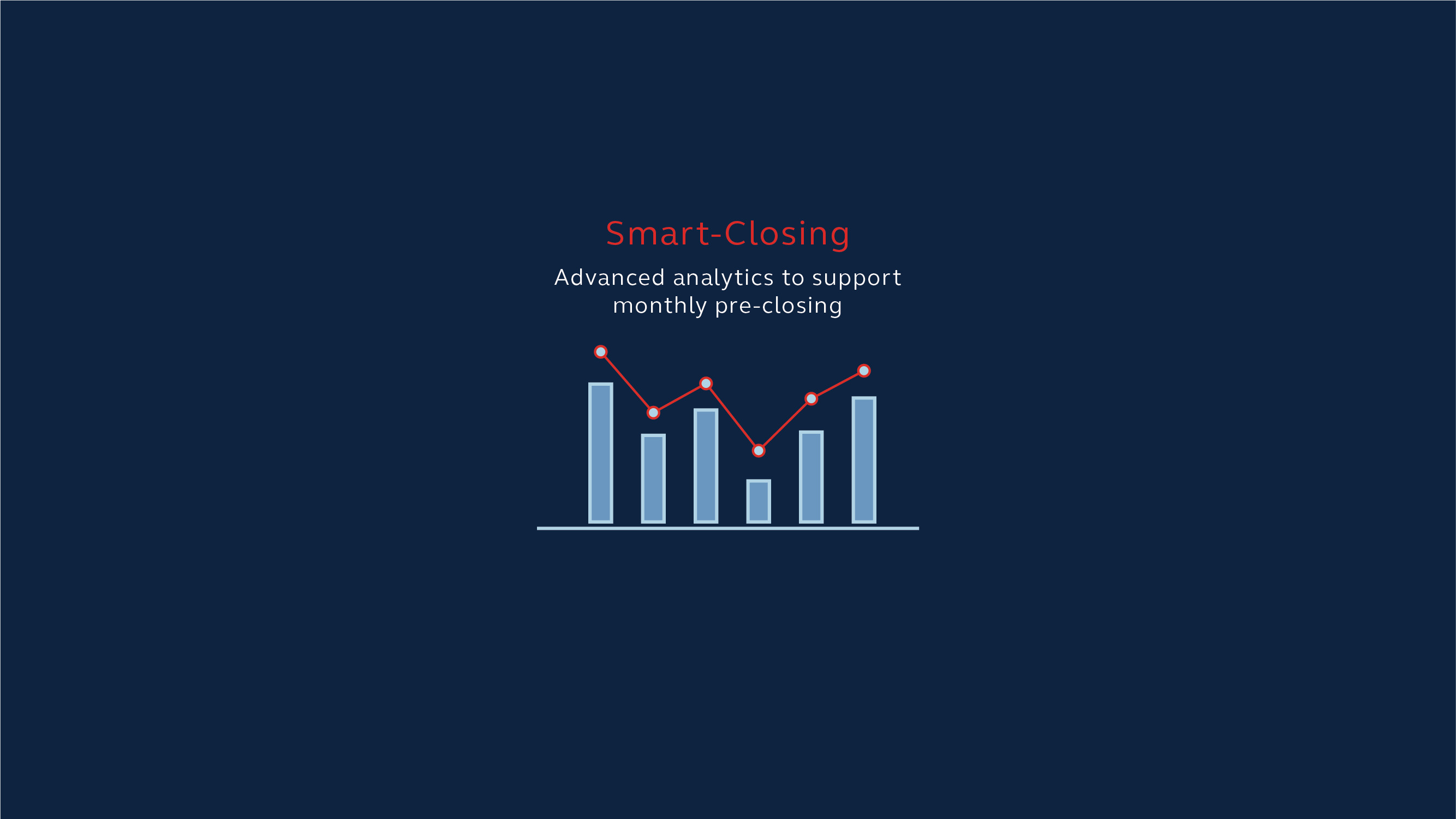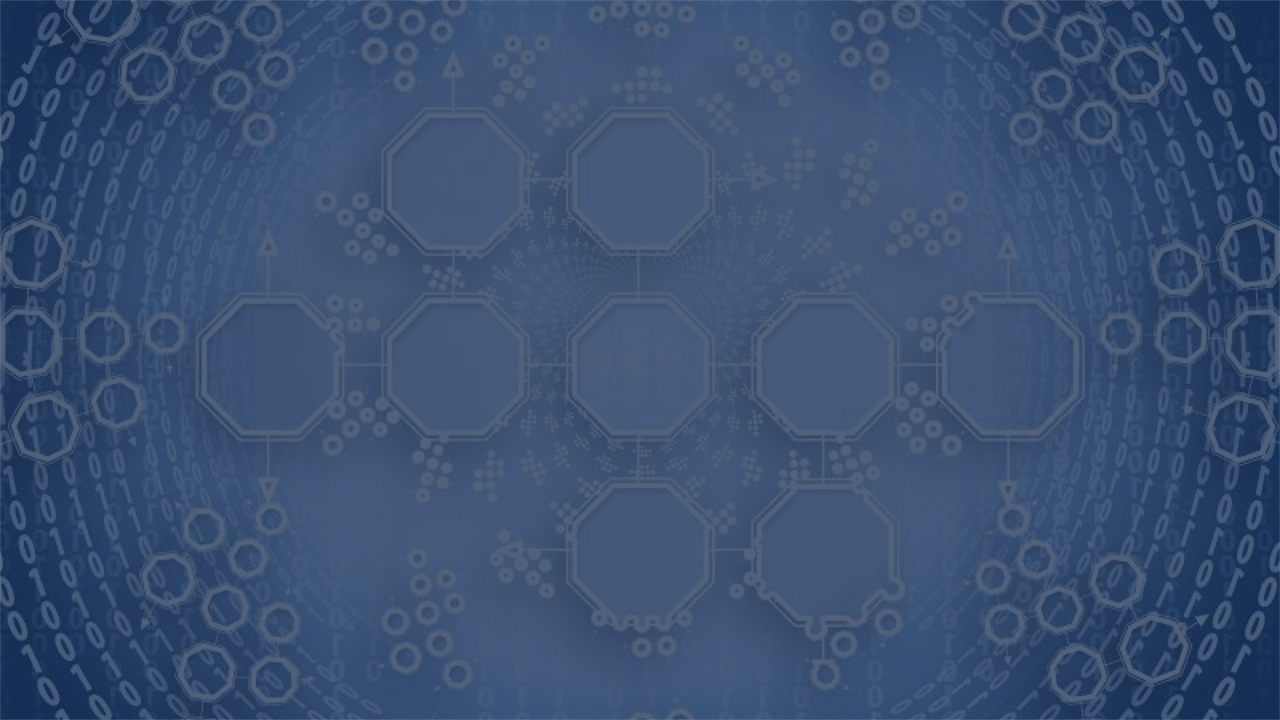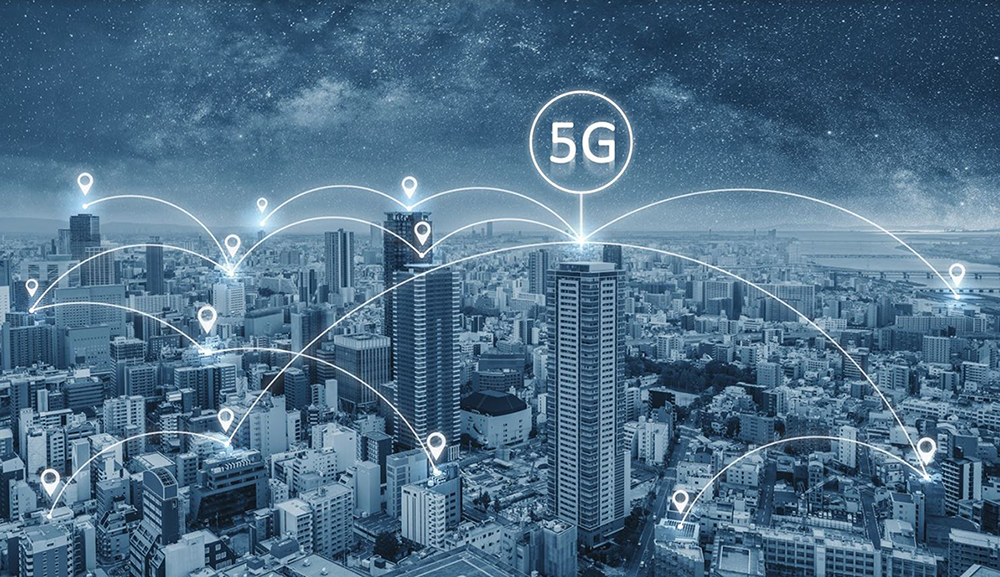AUTHORS

Giuseppe Ciccia
Senior Expert TLC Services
@Bip xTech
The Digital Workplace facilitates Smart Working and the diffusion of agile work, striking a balance between virtual and physical space. It enables a new organizational design that can help implement change while increasing the value of the business, and adapting to increasingly digital and smart workplace trends.
The workstation, defined as the technological equipment that enables greater employee involvement, productivity and efficiency, takes on a critical role in business activities. It is also an effective response to the growing needs for movement and remote connectivity induced by the recent pandemic. According to the analyses of Fondirigenti (April 2020) and Manageritalia (March 2020), employee workstations and technological equipment in the service industry have the biggest influence on organizational productivity during the normal course of business and a significant impact in crisis settings.
According to research conducted by the Smart Working Observatory of the School of Management of the Politecnico di Milano in 2021, large companies and public institutions have seen a significant improvement in effectiveness and efficiency following the adoption of Smart Working and Agile methodologies. Notably, efficiency has increased by 59% in large companies and 30% in the public sector.
While the increasingly widespread and pervasive use of individual, productivity-enhancing technological equipment produces undoubted benefits for companies, the temporary unavailability or non-optimal functionality of employee workstations amplifies problems, hinders productivity and creates challenges for organizations.
A key feature of the Digital Workplace for business users across organizational hierarchies is the total integration of all technology tools used daily in the performance of their roles.
As a result, it becomes imperative that teams in charge of ensuring seamless integration, maintenance and operation of employee workstations are equipped with the appropriate tools. This may include monitoring of performance and issues, quick and effective problem-solving processes as well as ways of evaluating user experience and satisfaction.
To face this challenge, companies are called upon today to develop End User Service enhancement initiatives along what we propose to be 5 dimensions:
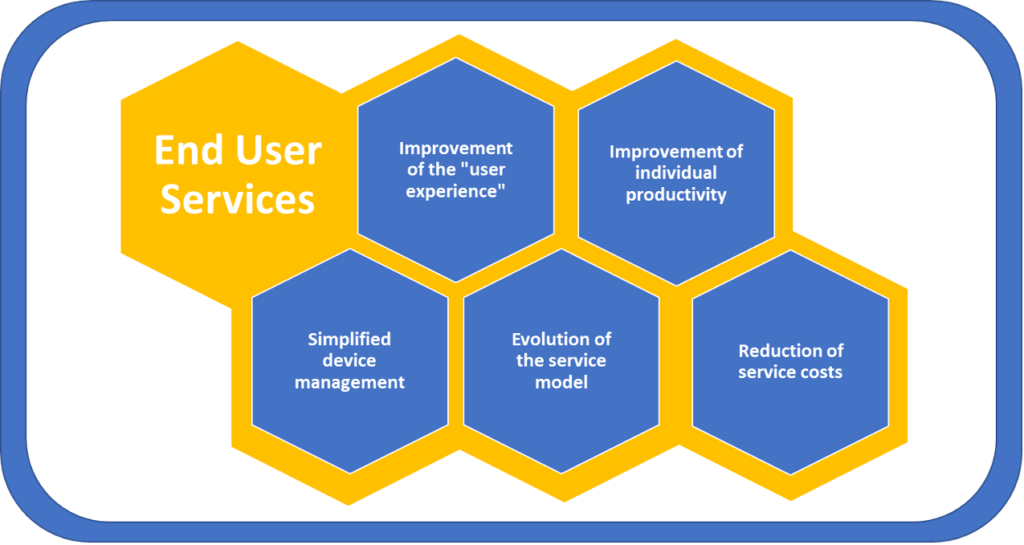
Improved user experience
User Experience describes the emotional experience of a user as a whole when using a service, application or device. User experience is a broad term that can include how easy an application is to navigate, how intuitive an interface is, etc. To achieve high quality user experience, a user-centric path must be defined to understand user needs and create highly accessible solutions.
In practice this is accomplished by:
- Providing a service that focuses on user needs (User Centric);
- Increasing user engagement by improving workplace services, communications and on-site support, such as providing aTechBar[1];
- Rationalizing and consolidating access to applications based on the working method adopted (Agile and / or Smart Working) and user role;
- Enabling Self Service by allowing users to access applications from any device through an application access portal (App Store);
- Accessing data and applications regardless of the Internet connection type (e.g. WiFi, mobile, broadband, etc.) (Internet Centric)
Simplified device management
Effective and simple management of digital devices represents an essential challenge for companies wishing to evolve their Digital Workplace.
It can be accomplished by:
- Automating resolution of some user problems through the use of cognitive tools
- Simplifying image management through Zero Touch[2] processes;
- Implementing BYOD[3] and Smart Working initiatives;
- Managing devices in a streamlines way through Unified Endpoint Management tools.
Evolution of the service model
Adoption of new service models through new methodologies and technologies, will lead to gains in productivity and efficiency.
This can be achieved by:
- Improving the end-to-end management of the service through continuous monitoring of device performance;
- Integrating proactive and preventive management techniques within the service model with the dual purpose of improving end user experience and minimizing the number of tickets logged;
- Transforming the end-user experience and the way employees use support services by leveraging modern automation technologies based on cognitive analysis and intelligent virtual agents. These enable companies to offer an automated, on-demand and end-to-end experience and provide a fully interactive 24×7 virtual support service that can be perceived as a human operator.
Reduction of service costs
The investment required to introduce a new workstation model enable a series of benefits that allow a reduction in service costs through:
- Reduction in the number of interventions and in onsite support personnel;
- Reduction in the number of tickets to be handled at the Service Desk first line;
- Reduction in the overall number of incidents and support costs through Self Help, Automation and Virtual Agent initiatives.
Improvement of individual productivity
Individual productivity is the contribution of each employee to the achievement of personal and collective goals. As part of the Digital Workplace, tools and procedures can be adopted to enable improvement in the productivity of individuals, such as:
- Decoupling of the operating system, data and applications, making devices lean and customizable in order to simplify the management of the application life cycle and certification processes;
- Rationalizing the catalogue of applications by delivering it through an application portal based on Authorization Workflow;
- Using applications from any managed and unmanaged device.
Bip xTech and the Digital Workplace
xTech is a center of excellence within the Bip Group with a long history in strategy definition, service analysis, ICT design and governance and TLC solutions and technologies.
New digital technologies define a completely new working culture, focused on flexibility and collaboration over the classic corporate hierarchies. These technology tools will help companies make a successful transition towards the Digital Workplace.
Artificial Intelligence and the Cloud will increasingly merge with digital tools to revolutionize the range of services available to companies. By virtue of our strong skills in these areas, we are, as always, alongside our clients to help them seize the opportunities offered by the Digital Workplace.
To request further information on our end-to-end offering or have a conversation with one of our experts, simply send an email to [email protected] with the subject “Digital Workplace”, and you will be contacted immediately.
[1] The TechBar is a meeting place that allows end users to interact directly with technical support teams in an environment that promotes service satisfaction. It is separate from traditional onsite support.
[2] Zero Touch is the ability to install applications or software images that are completely self-installing and ready for use, without intervention by IT support employees.
[3] The Bring Your Own Device (BYOD) approach allows employees to use their own devices (phone, laptop, tablet or other) to access corporate applications and data instead of company-supplied devices, so long as they adhere to predefined criteria.










